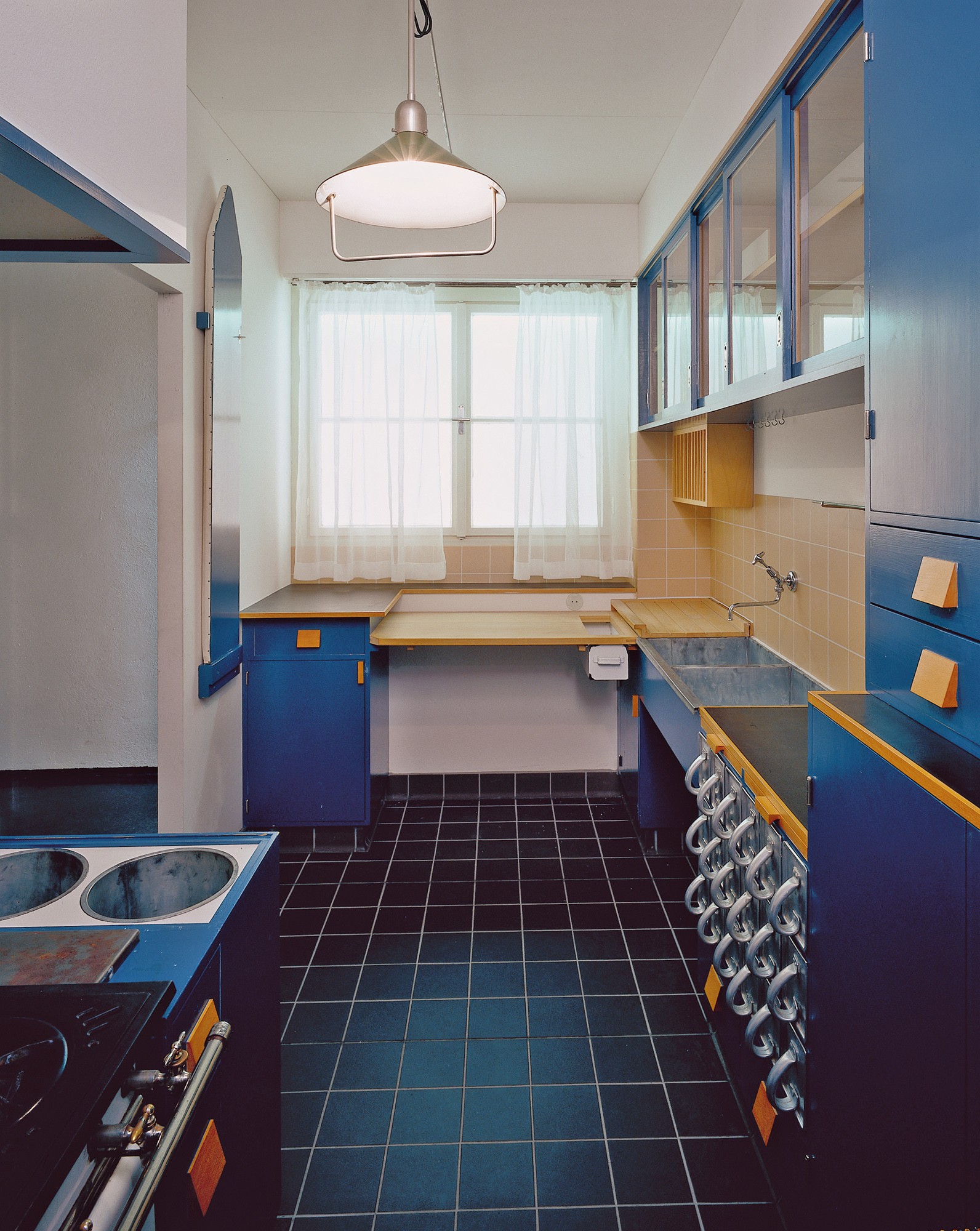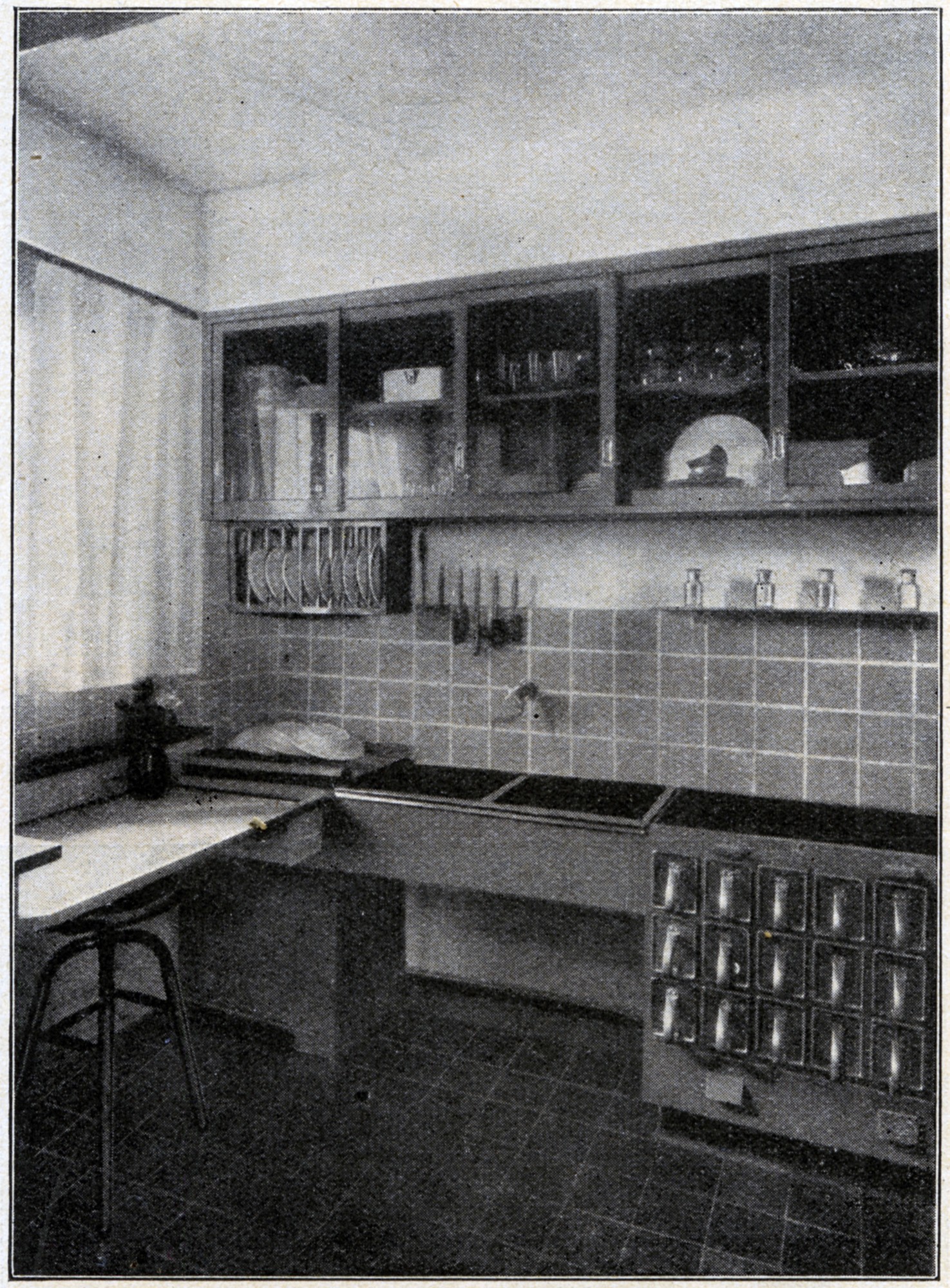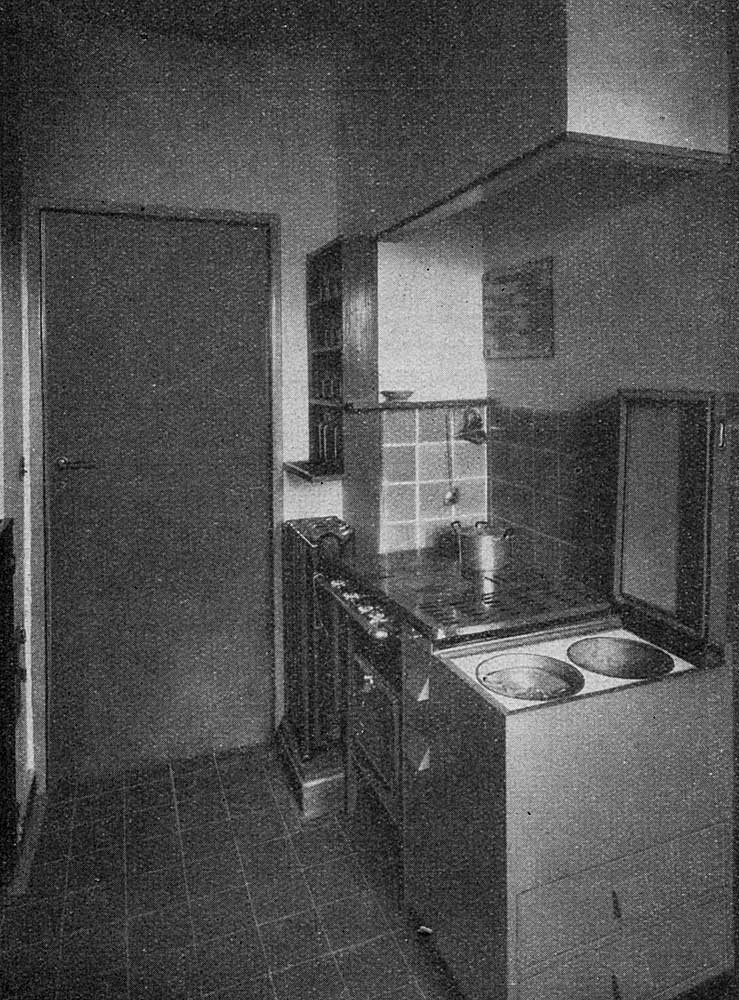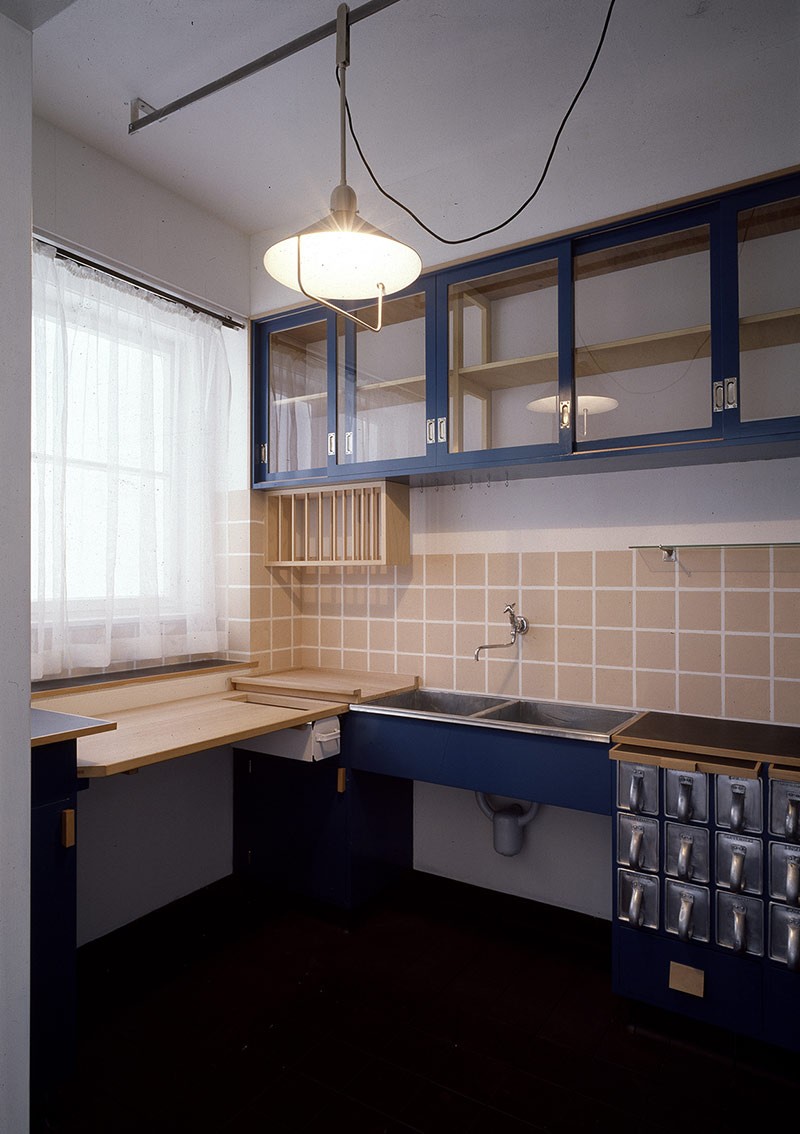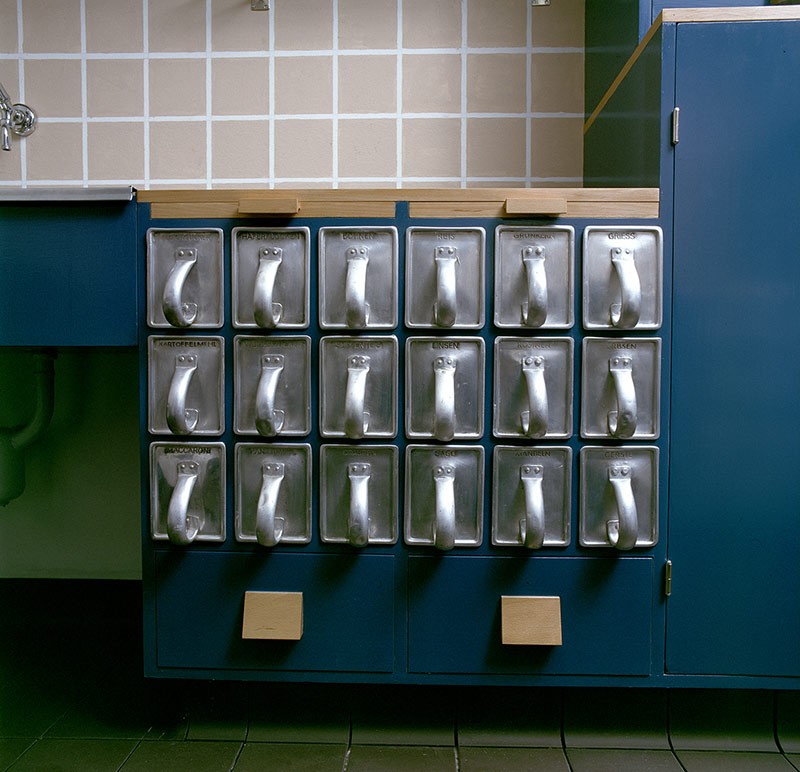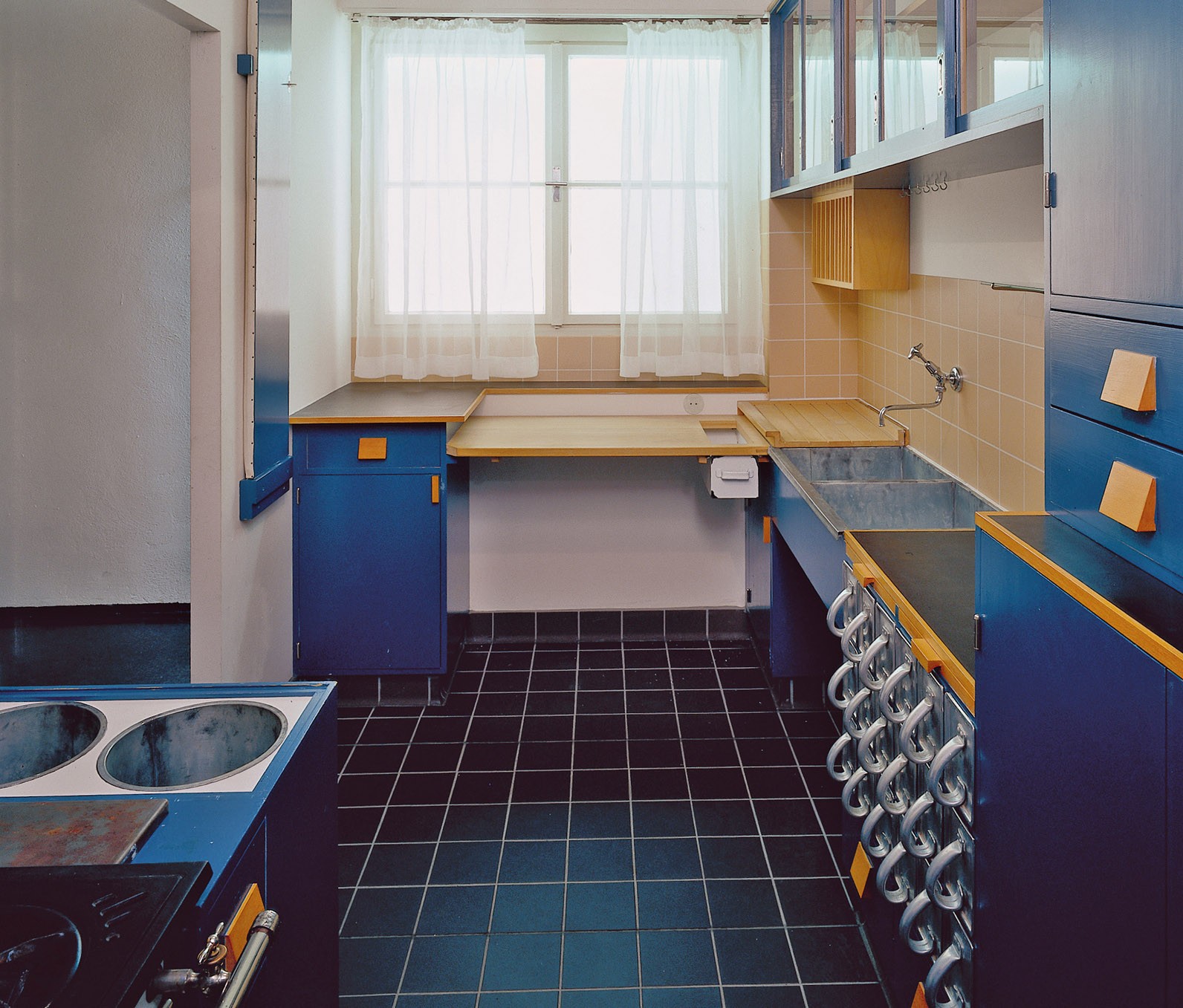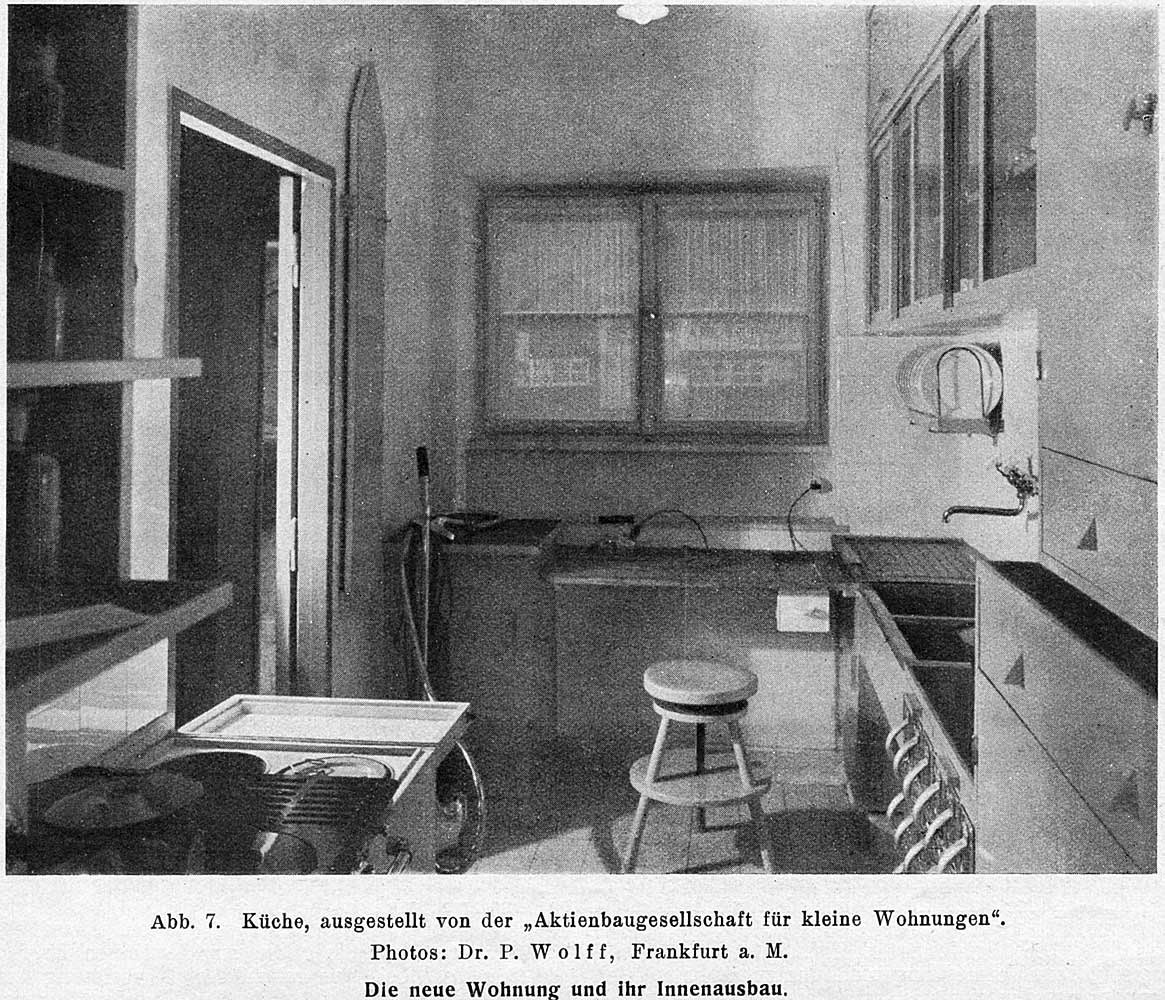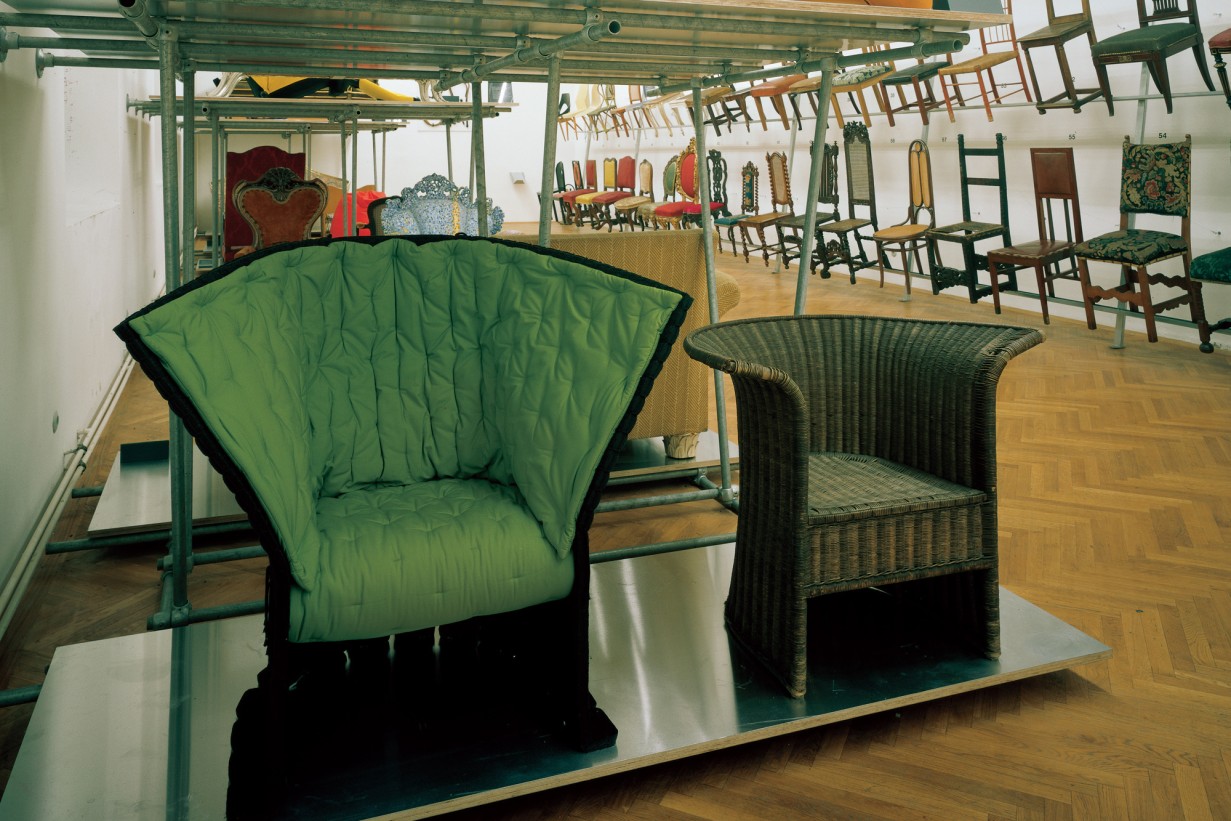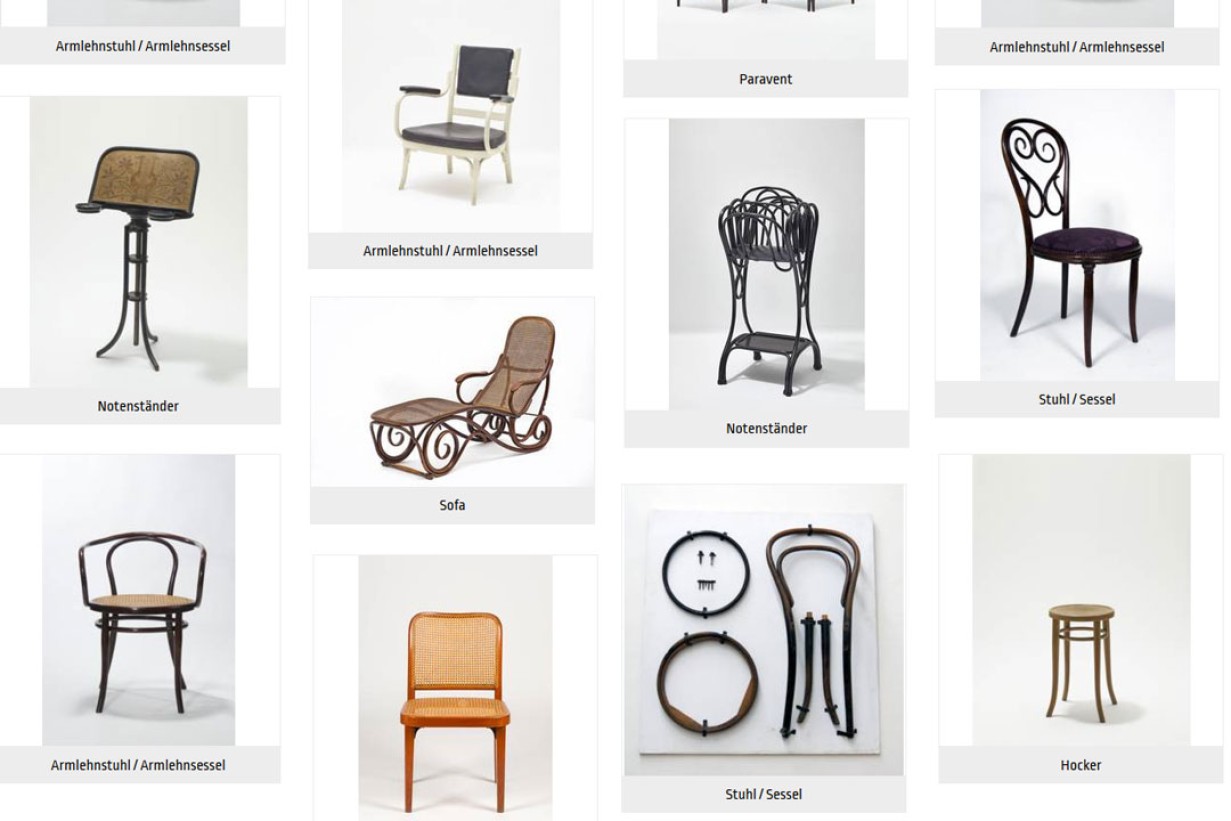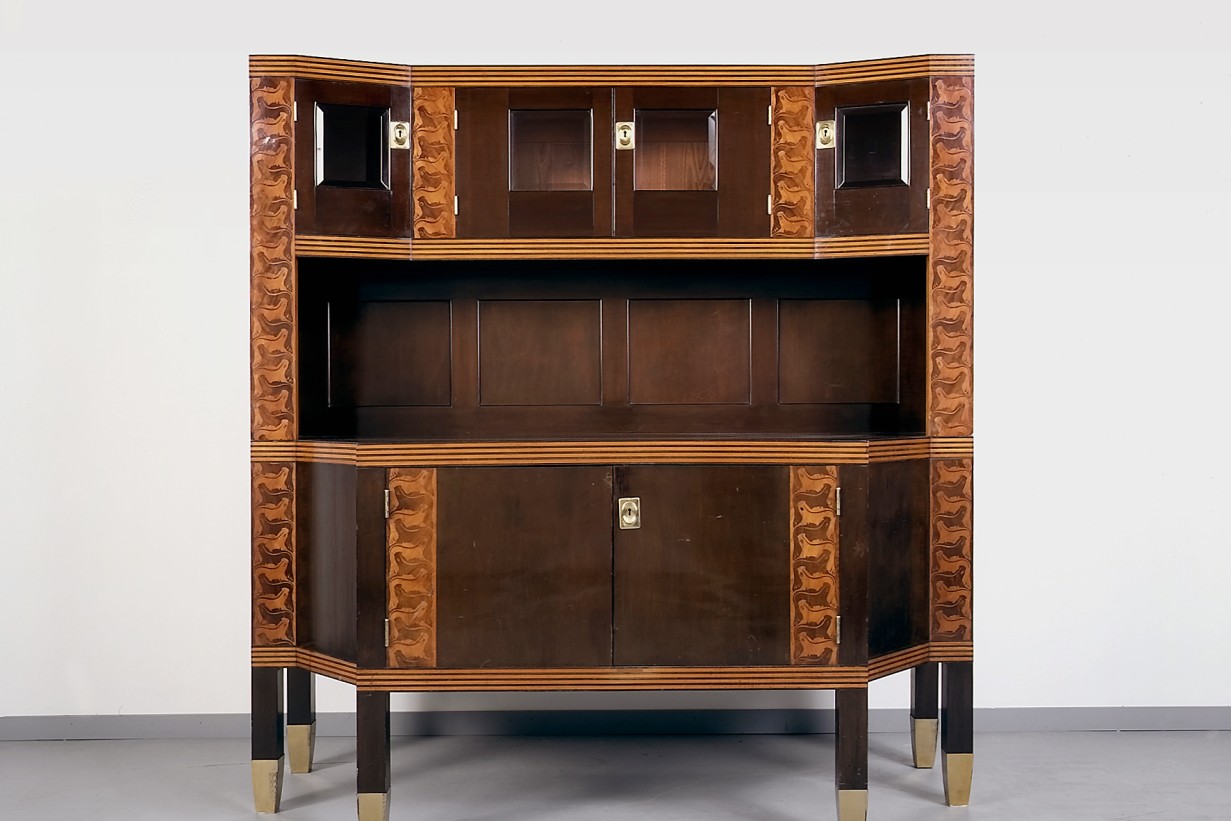
The Frankfurt Kitchen
Curator: Sebastian Hackenschmidt
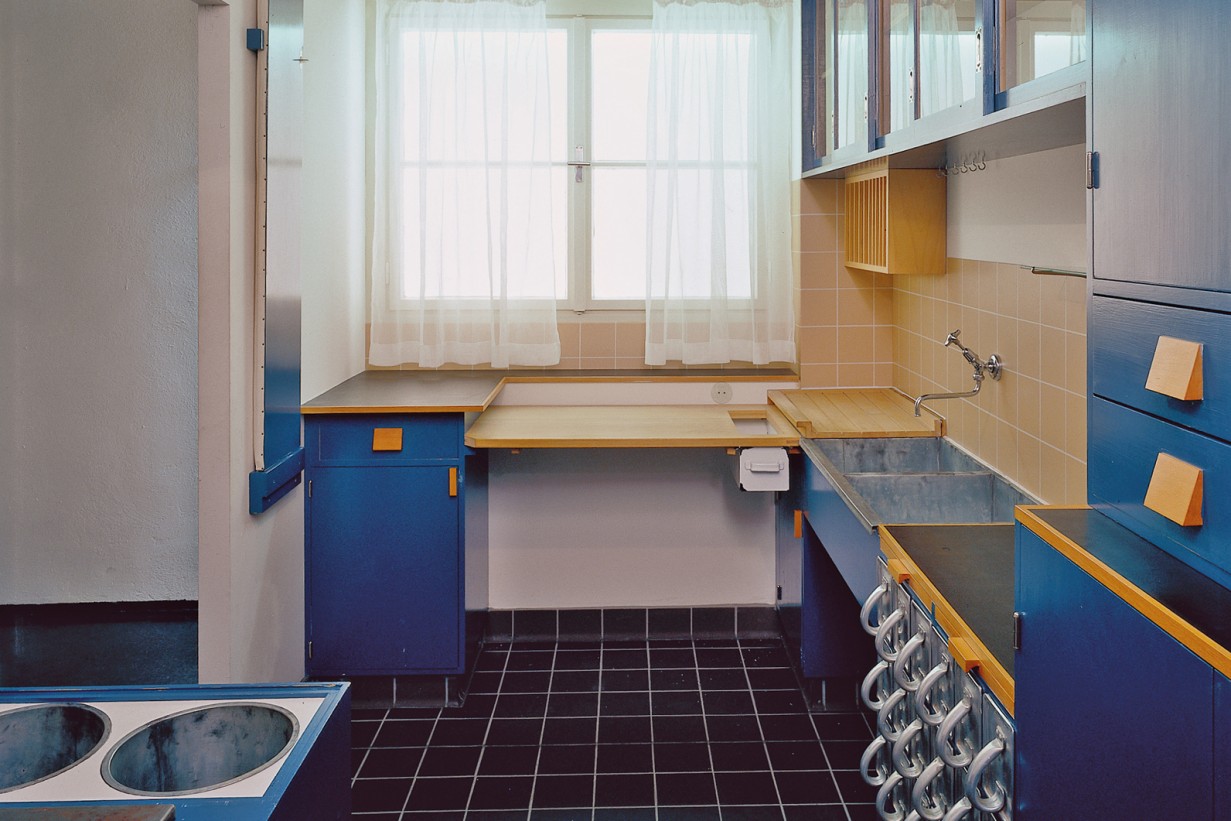
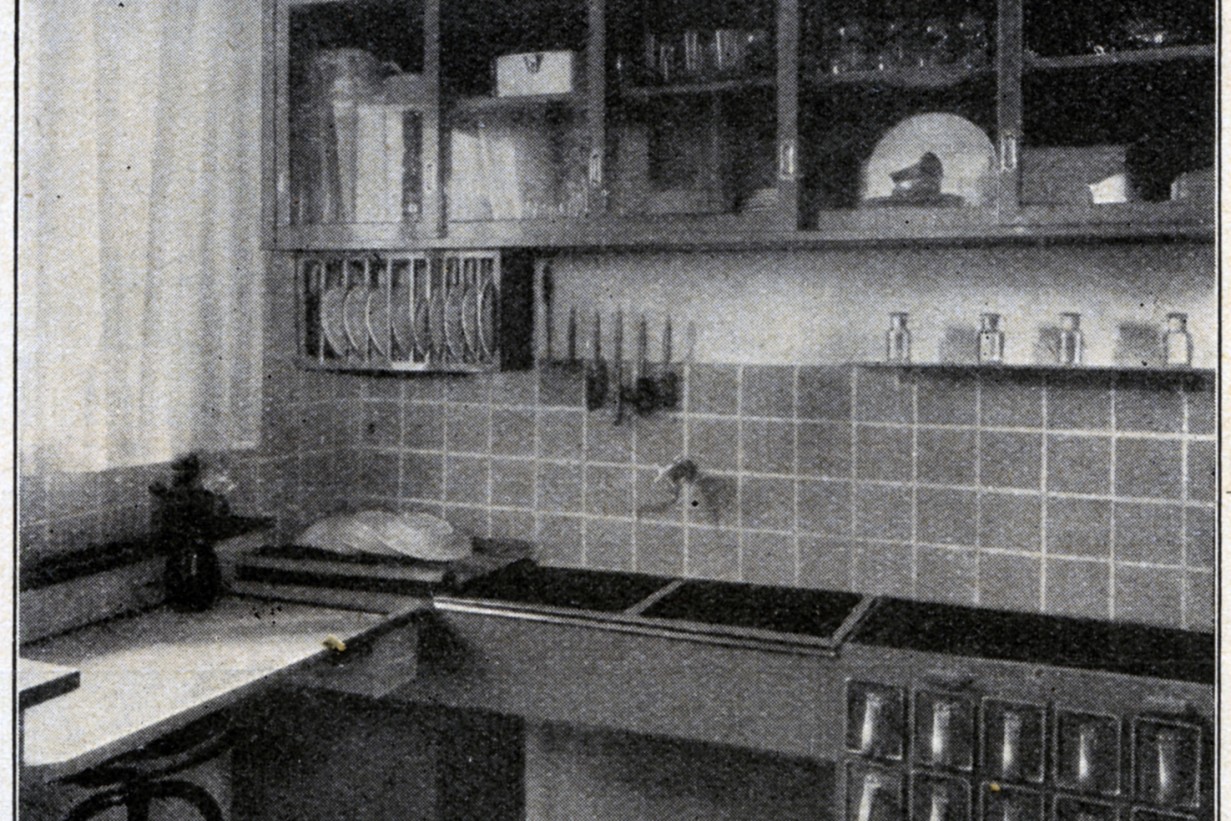
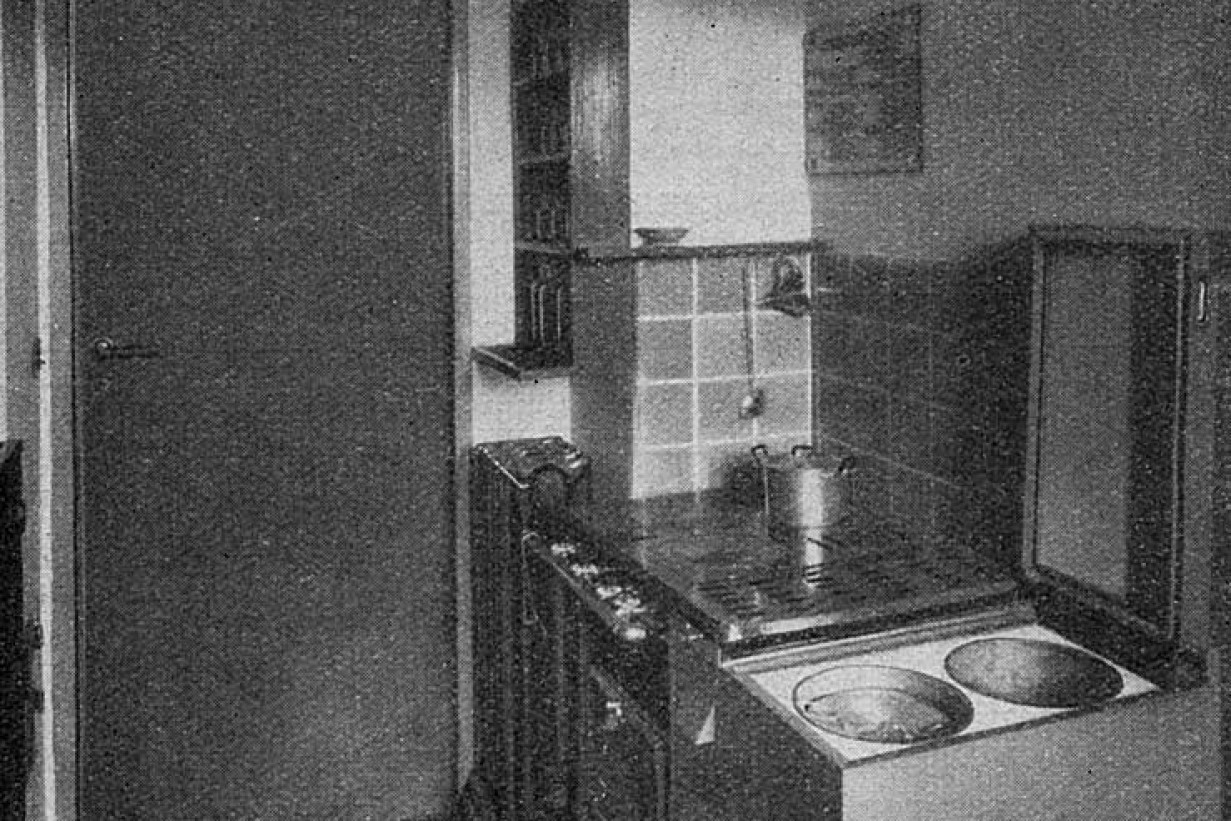
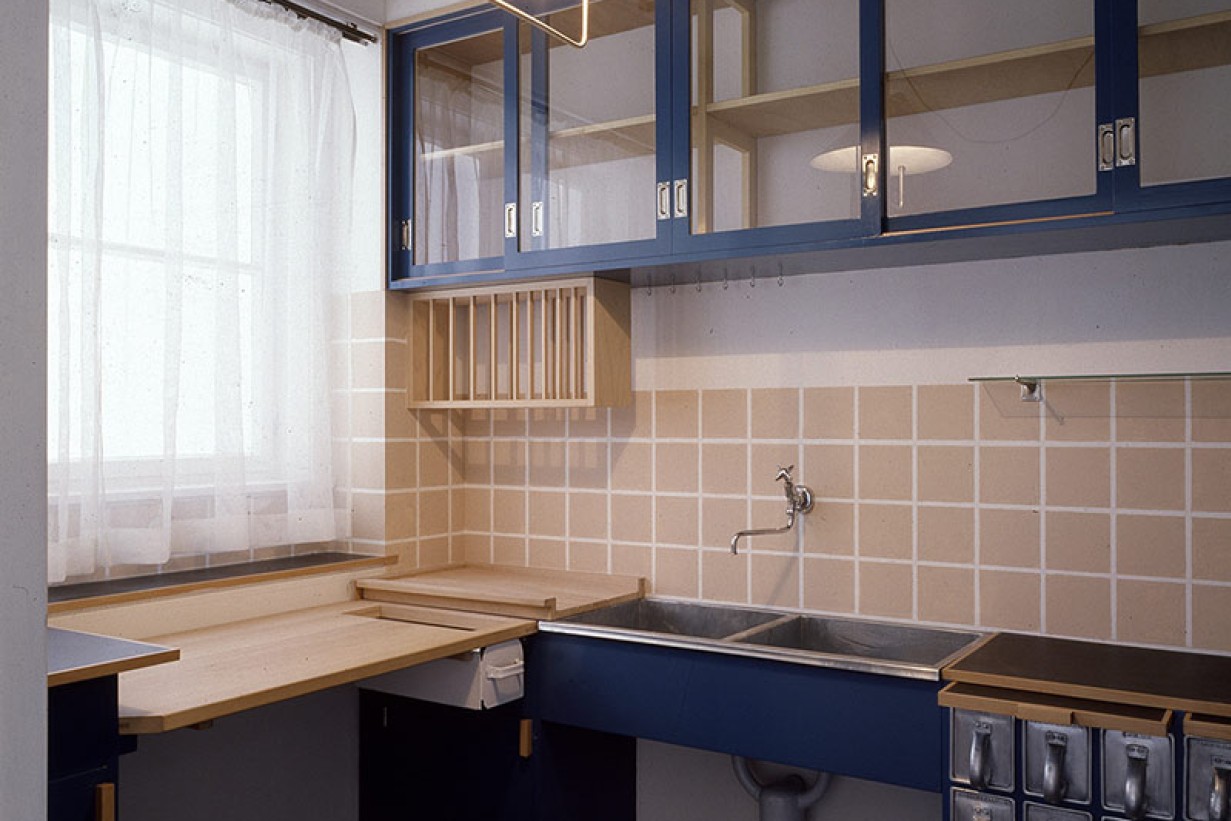
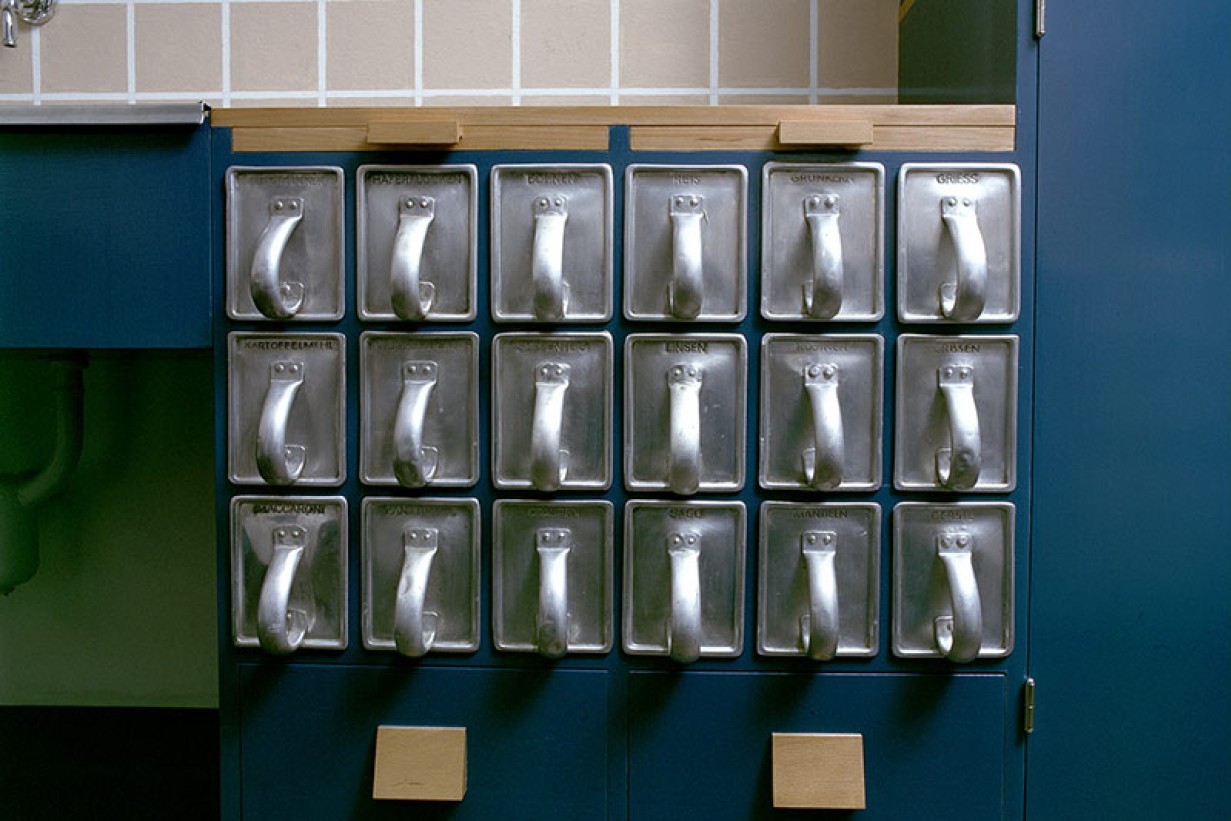

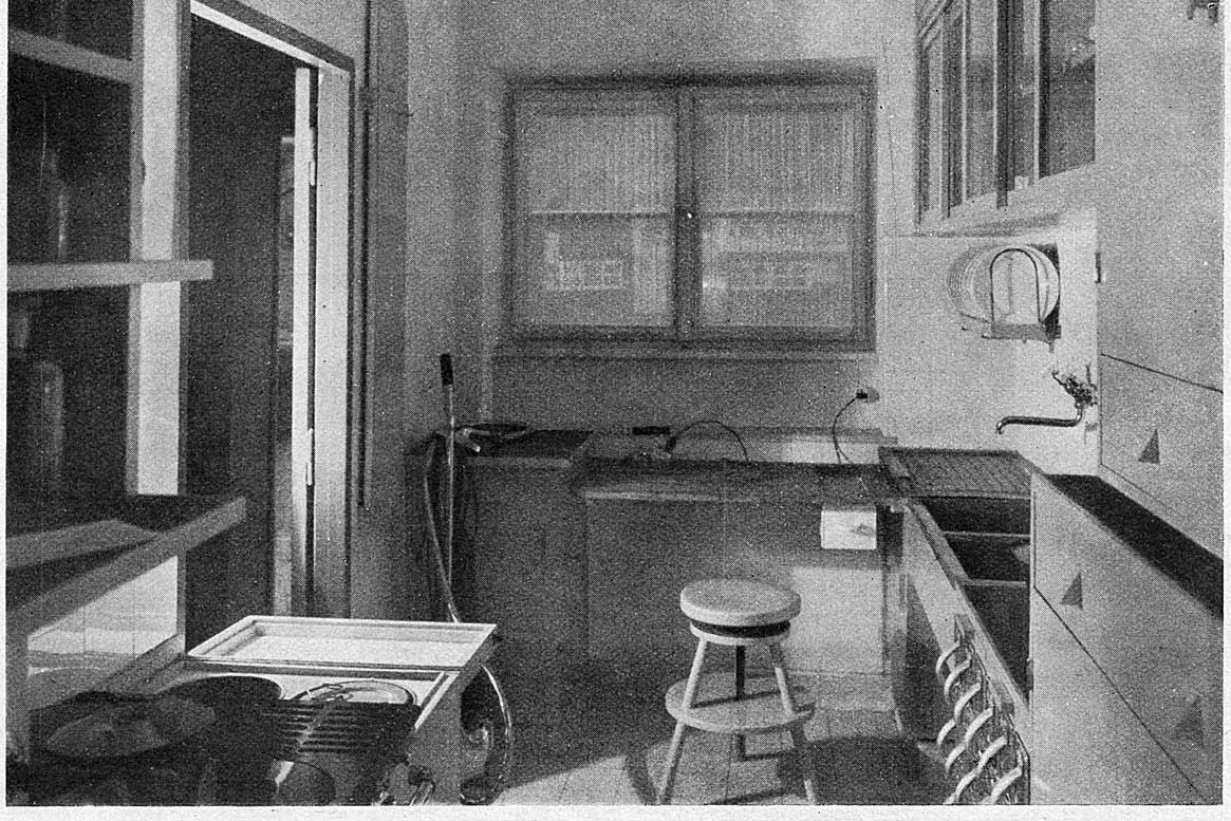
Previous Image
The MAK's Frankfurt Kitchen is a product of close cooperation between Margarete Schütte-Lihotzky and fellow architect Gerhard Lindner in the years 1989 and 1990. A replica based on Schütte-Lihotzky's memory, on her expertise, and on her programmatic convictions, this example of the Frankfurt Kitchen occupies a position between copy and original. The original method of construction, the materials (for example, plywood instead of the original solid softwood for the drawers), and the colors were of secondary importance compared to the principles embodied in the 1926 kitchen, with its technically sophisticated solutions, balanced proportions, and a subtle color scheme that had to be reconstituted from memory.
From: Margarete Schütte-Lihotzky, Erinnerungen (Memories), unpublished typescript, Vienna, 1980–90.
The Origins of the Frankfurt Kitchen
During the second half of the 1920s the city of Frankfurt was engaged in a comprehensive building program. First of all, it was my task to consider the basic principles involved in the planning and construction of the apartments with regard to a rationalization of household organization. Where does one live, cook, eat, and sleep? These are the four basic functions that every apartment must serve. The core function, influencing the layout decisively, is eating and cooking. My first proposal, to build living rooms and combined kitchen/dining rooms, was rejected on the grounds of cost (…). So we decided on a single unit, comprising a compact, fully built-in kitchen separated from the living/dining room by a wide sliding door. We regarded the kitchen as a kind of laboratory, which, because so much time would be spent there, nevertheless had to be “homey.” The time required to carry out the various functions was measured using a stopwatch, as in the Taylor system, in order to arrive at an optimum, ergonomic organization of the space.
The resulting compactness of the kitchen did not allow the use of the standard kitchen furniture of the time, which required more room. The cost savings resulting from the reduced size of the kitchen remained significant, however, so that the Frankfurt Kitchen offered the double advantage of lower construction costs and less work for the occupants. Only by arguing in these terms, was it possible to persuade the Frankfurt city council to agree to the installation of the kitchens, with all their sophisticated work-saving features. The result was that, from 1926 to 1930, no municipal apartment could be built without the Frankfurt Kitchen. In this period around 10,000 apartments were built with the Frankfurt Kitchen.The costs of the entire unit were added to the building costs and included in the rent, a solution acceptable to tenants because the kitchens no longer had to be furnished. On this financial basis it became possible to mass-produce the Frankfurt Kitchen, saving thousands of women a lot of time and effort and thus benefiting their families and their own health.
From: Margarete Schütte-Lihotzky, Erinnerungen (Memories), unpublished typescript, Vienna, 1980–90.
The Origins of the Frankfurt Kitchen
During the second half of the 1920s the city of Frankfurt was engaged in a comprehensive building program. First of all, it was my task to consider the basic principles involved in the planning and construction of the apartments with regard to a rationalization of household organization. Where does one live, cook, eat, and sleep? These are the four basic functions that every apartment must serve. The core function, influencing the layout decisively, is eating and cooking. My first proposal, to build living rooms and combined kitchen/dining rooms, was rejected on the grounds of cost (…). So we decided on a single unit, comprising a compact, fully built-in kitchen separated from the living/dining room by a wide sliding door. We regarded the kitchen as a kind of laboratory, which, because so much time would be spent there, nevertheless had to be “homey.” The time required to carry out the various functions was measured using a stopwatch, as in the Taylor system, in order to arrive at an optimum, ergonomic organization of the space.
The resulting compactness of the kitchen did not allow the use of the standard kitchen furniture of the time, which required more room. The cost savings resulting from the reduced size of the kitchen remained significant, however, so that the Frankfurt Kitchen offered the double advantage of lower construction costs and less work for the occupants. Only by arguing in these terms, was it possible to persuade the Frankfurt city council to agree to the installation of the kitchens, with all their sophisticated work-saving features. The result was that, from 1926 to 1930, no municipal apartment could be built without the Frankfurt Kitchen. In this period around 10,000 apartments were built with the Frankfurt Kitchen.The costs of the entire unit were added to the building costs and included in the rent, a solution acceptable to tenants because the kitchens no longer had to be furnished. On this financial basis it became possible to mass-produce the Frankfurt Kitchen, saving thousands of women a lot of time and effort and thus benefiting their families and their own health.
Media
Margarete Schütte-Lihotzky, The Frankfurt Kitchen
1926
Margarete Schütte-Lihotzky’s compact design for the Frankfurt Kitchen, the archetype of the modern kitchen, is impressive above all for its
Margarete Schütte Lihotzky. The Frankfurt Kitchen
Historical photograph published in “Das Werk” magazine, 1927
Collection: Schütte-Lihotzky Archive, University of Applied Arts, Vienna
Margarete Schütte-Lihotzky, The Frankfurt Kitchen
Historical photograph published in “Das Werk” magazine, 1927
Collection: Schütte-Lihotzky Archive, University of Applied Arts, Vienna
